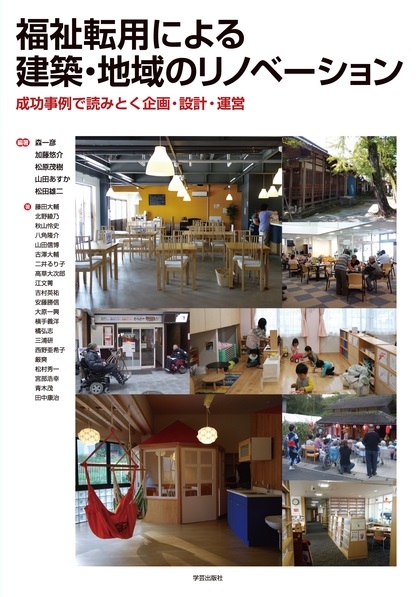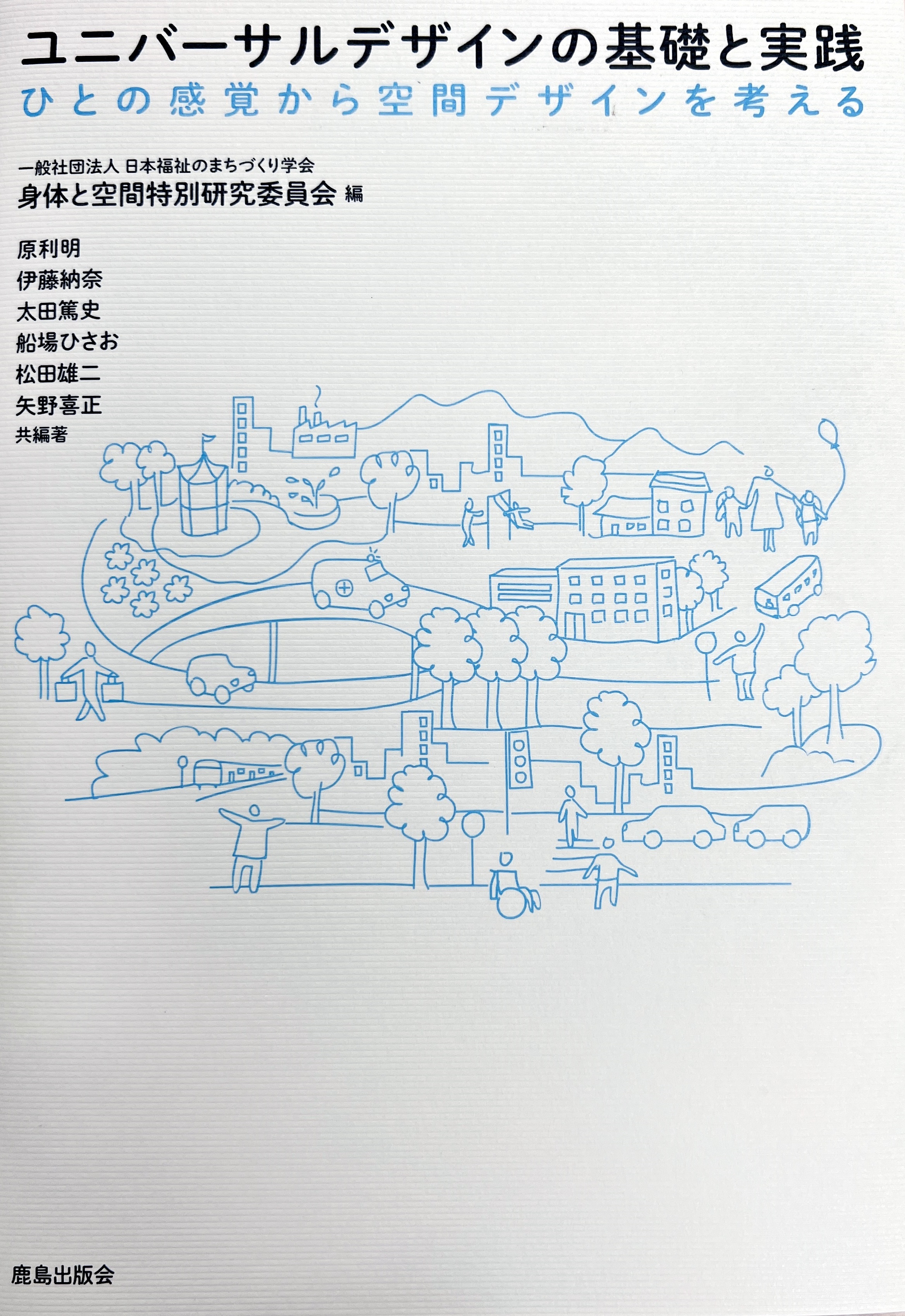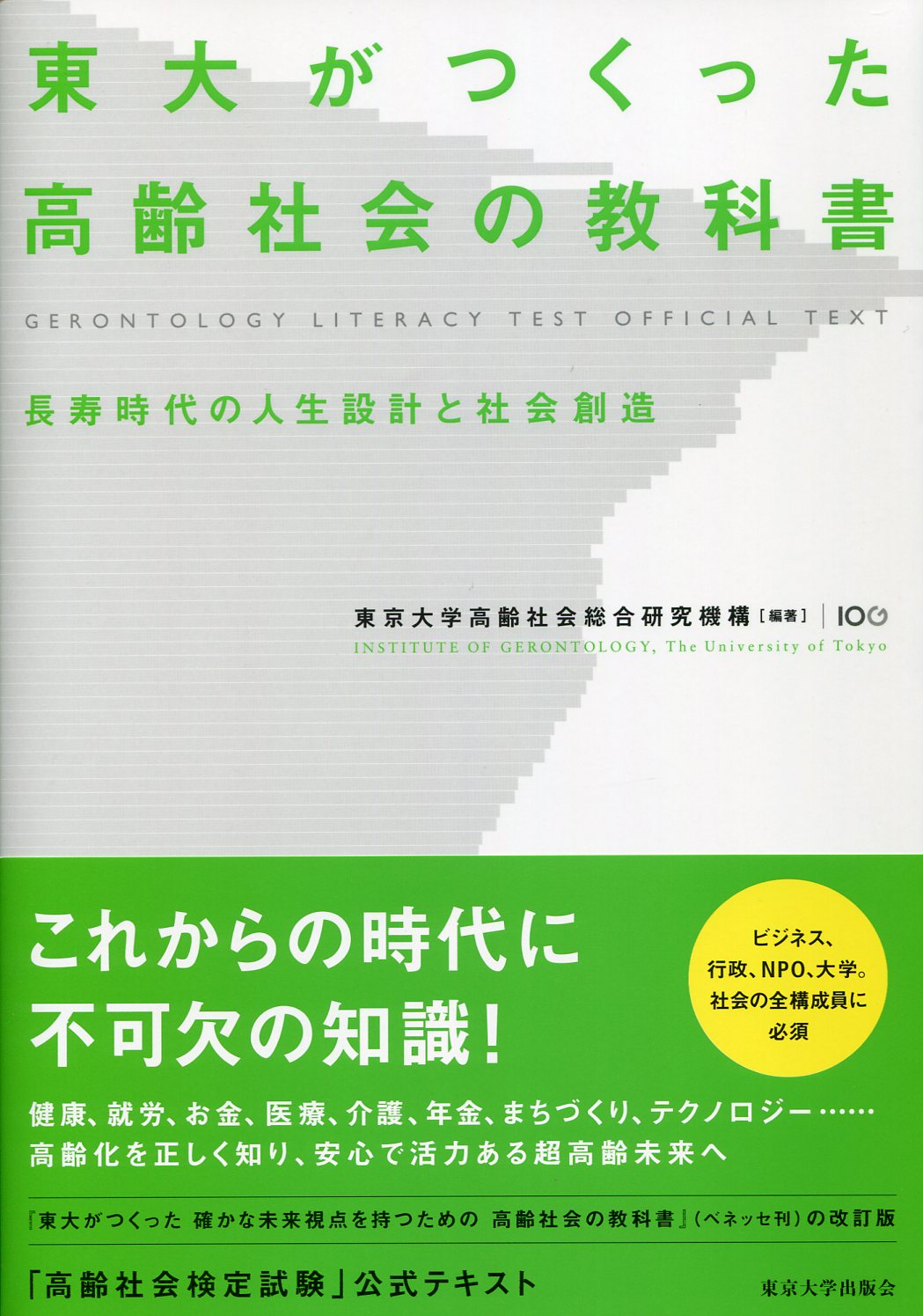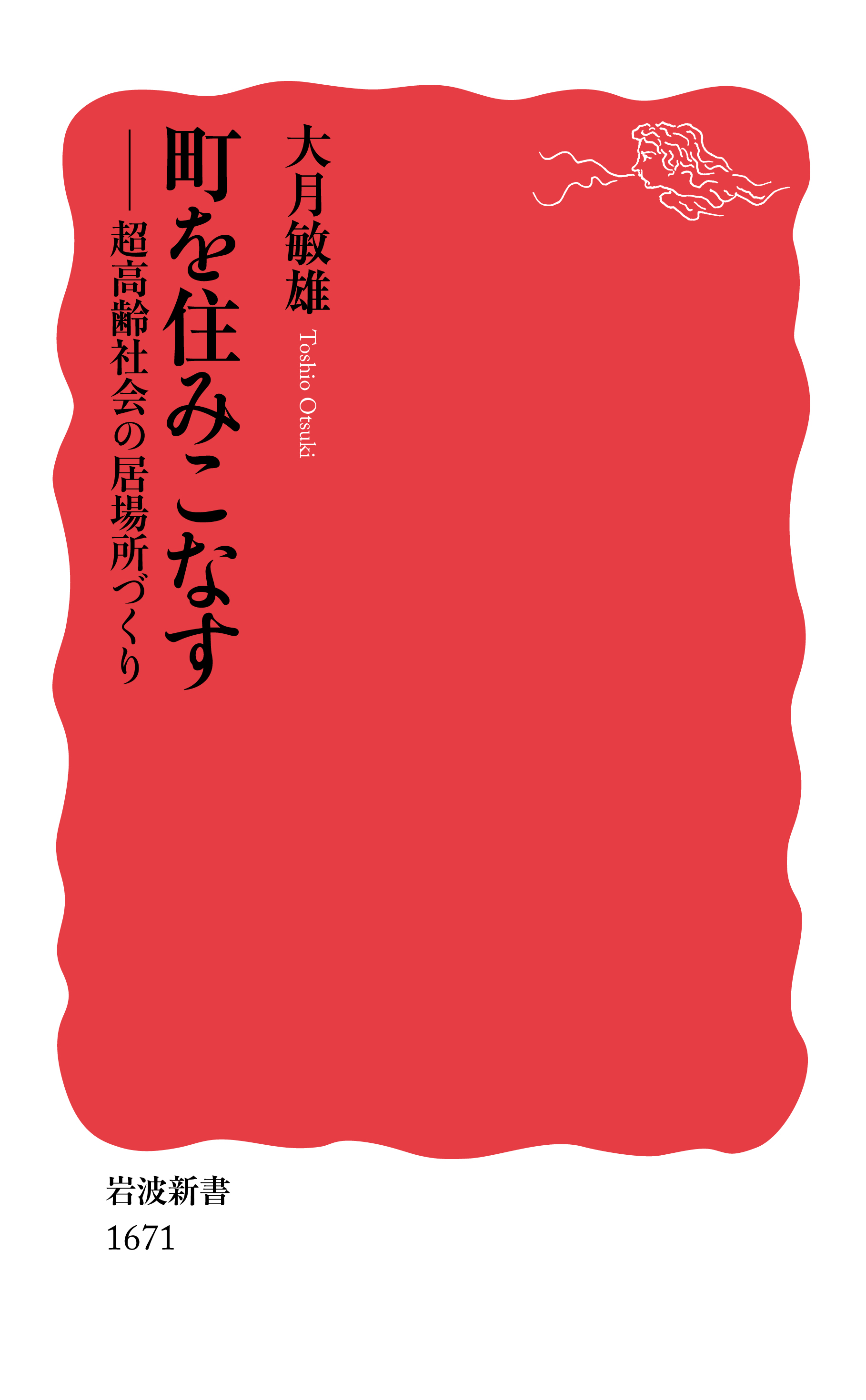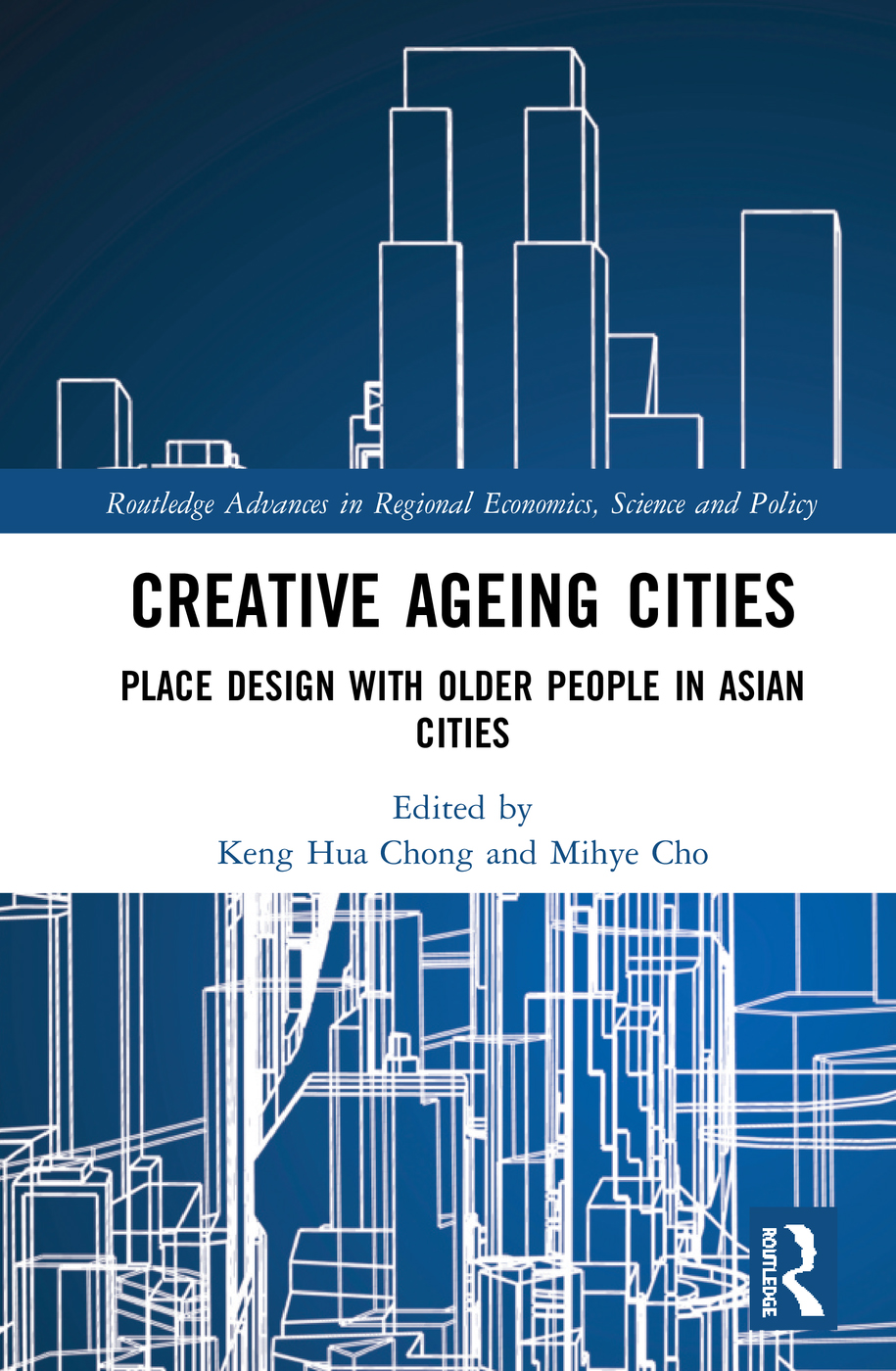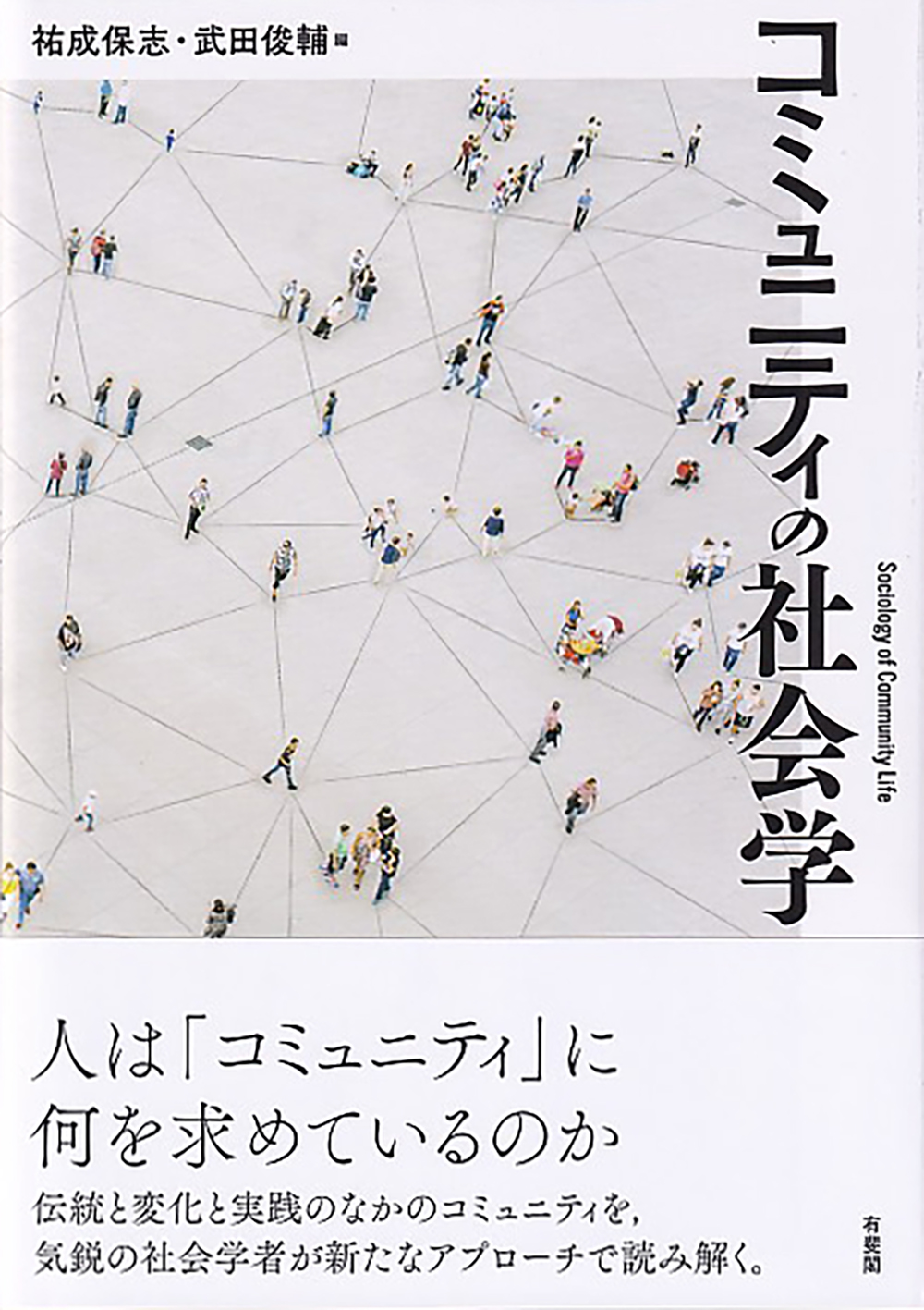
Title
Chiikito tsunagaru koureisya/syougaisya no sumai (Housing for Older Adults and People with Disabilities Connected to the Community - 35 Case Studies of Planning and Design)
Size
172 pages, B5 format
Language
Japanese
Released
September 15, 2024
ISBN
9784761533045
Published by
Gakugei-Shuppansha
Book Info
See Book Availability at Library
Japanese Page
How can we continue living in a familiar place as we age, or when we or our family members face disabilities? These questions may rarely come to mind during everyday life, but they become critically important yet challenging to address when ageing or disability become realities. Answers do not come easily, because the circumstances of aging and disability vary greatly from person to person. Accordingly, the types of housing, services, and support required also differ. It is therefore challenging to arrive at a single definitive solution.
With this societal backdrop in mind, this book presents currently available housing and service options, as well as initiatives to make communities more livable for everyone. Members of the "Subcommittee on Housing for Older Adults, People with Disabilities, and Others" within the Architectural Institute of Japan contributed their insights. The members are experts in architecture, welfare, urban planning, housing policy, and related fields.
The book provides accessible and concrete guidance on housing and community development. It covers a broad range of topics, featuring contributions from 31 unique authors. It consists of five chapters:
-- Chapter 1, "Supporting Housing and Living for Older Adults and People with Disabilities," explains the physical and mental conditions related to housing for older adults and people with disabilities. Housing options, relevant laws, and available services are summarized clearly.
-- Chapter 2, "Understanding Housing for Older Adults Through Case Studies," introduces various housing options to meet changing needs due to aging. This includes home renovations, adaptable, and rental housing with services designed for older adults. It also highlights examples of monitoring and support devices as well as housing environments suitable for individuals with dementia.
-- Chapter 3, "Understanding Housing for People with Disabilities Through Case Studies," explores housing environments that meet the needs of individuals living with disabilities. This population is a marginalized group whose are rarely systematically documented. Examples include home renovations to accommodate changing housing needs over time, modifications to public housing for wheelchair users, group homes designed for individuals with severe behavioral disabilities, and innovative approaches to housing for children and adults with developmental disabilities.
-- Chapter 4, "Community Practices That Foster Connections Between People," highlights examples in which municipalities, non-governmental organizations (NGOs), private companies, educational institutions, or their collaborations have facilitated connections between community residents and outsiders.
-- Chapter 5, "Policies and Consultation Services for Housing for Older Adults and People with Disabilities” introduces policies that support home renovation for these groups and provides information on consultation services for housing-related issues.
This book was designed to present topics related to architecture and welfare in a way that can be understood even by non-experts. It aims to help professionals in these fields exchange knowledge. Additionally, it intends to provide older adults, people with disabilities, and their families, with ideas and insights to help them continue to live in their communities. We hope that this book is a valuable resource for individuals dealing with housing-related issues in the context of ageing and disability.
(Written by MATSUDA Yuji, Associate Professor of Graduate School of Engineering, Head of Office for Disability Equity, Vice Director, Center for Coproduction of Inclusion, Diversity and Equity / 2025)
Related Info
Meet Yuji Matsuda - Reducing barriers with architecture (The University of Tokyo | YouTube Feb 28, 2020)
https://www.youtube.com/watch?v=2J7vvfBPJZU



 Find a book
Find a book


